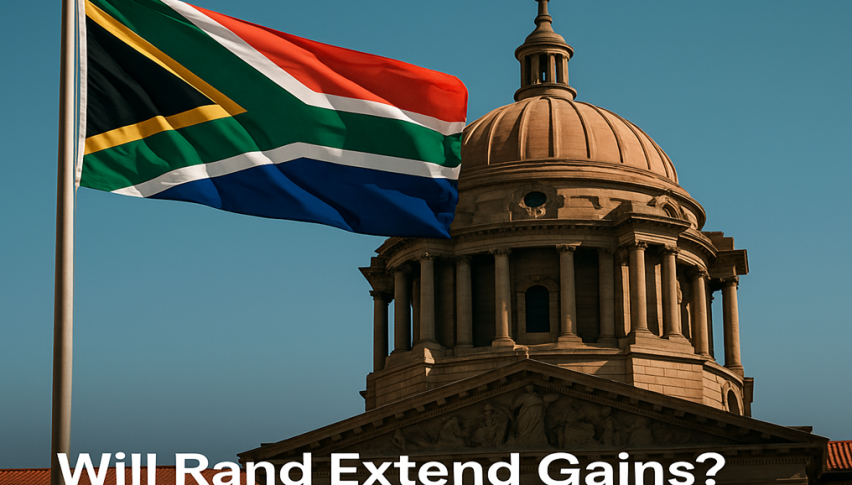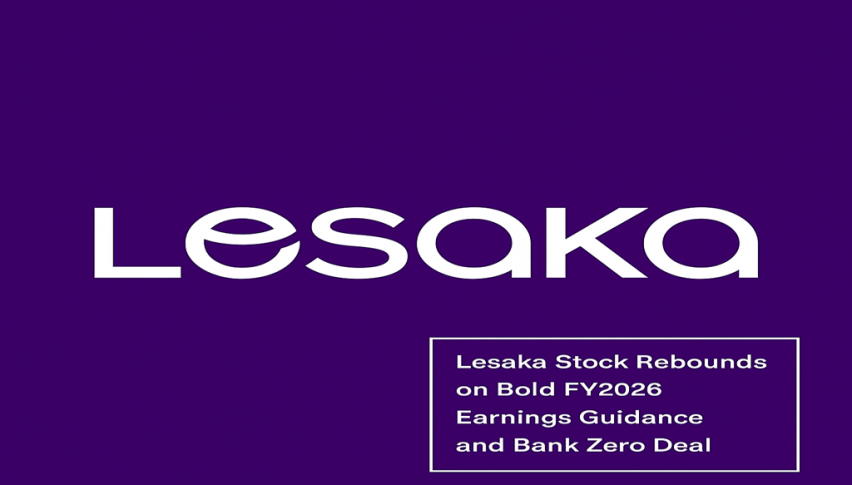South African Rand: USD/ZAR Breaks Lower, Eyes R17 Amid Trade Talks and Fed Cut Bets
The South African rand continues its strong performance against the US dollar despite geopolitical uncertainty and shifting global monetary.

Quick overview
- The South African rand has strengthened against the US dollar, reflecting both the dollar's weakness and increased demand for emerging market currencies.
- Despite geopolitical tensions and a brief interruption in its rally, the rand has shown resilience, supported by strong global risk appetite and improving domestic economic indicators.
- The outlook for the rand remains uncertain due to potential geopolitical risks and evolving US monetary policy, with traders closely monitoring key technical levels.
- Trade negotiations between South Africa and the US could further bolster the rand if favorable terms are secured amid ongoing global policy uncertainty.
The South African rand continues its strong performance against the US dollar despite geopolitical uncertainty and shifting global monetary policy expectations.
South African Rand Maintains Strength Against a Weaker US Dollar
Even as the US dollar struggles to maintain ground against major peers like the Yen, Euro, and British Pound, the South African rand has managed to strengthen, pushing USD/ZAR lower. This move reflects both the dollar’s broader weakness and sustained demand for the rand as investors rotate back into emerging markets.
One of the standout emerging-market currencies in Q2 2025, the rand saw its impressive two-month rally briefly interrupted in early June when geopolitical tensions spiked—particularly fears around Iran–Israel conflict—driving safe-haven demand for the dollar.
USD/ZAR Chart Weekly – The 200 SMA Is Under Threat
USD/ZAR climbed back above 18.00 during that flight to safety, but that move ran into resistance at the weekly moving averages, and sellers reasserted themselves. By the end of last week, USD/ZAR had dropped below R17.50 before settling around R17.60.
Drivers of the Rand’s Recent Strength
The rand’s earlier surge was fueled by multiple supportive factors:
- Strong global risk appetite as investors sought yield in emerging markets.
- Softer US inflation data that reduced expectations for aggressive Fed policy.
- Improving domestic economic indicators that highlighted South Africa’s relative resilience.
From early April, USD/ZAR fell from nearly R20 to under R17.70 by early June. Technical factors also supported this move, with price action consistently staying below key moving averages on the weekly chart. Last week, dovish signals from some Fed officials—even as Chair Powell avoided committing to near-term cuts—helped renew dollar weakness.
Outlook and Key Risks
With USD/ZAR failing to hold above the 18.00 level, the larger downtrend that began in April has reasserted itself. If the pair decisively breaks below the 200-week moving average, traders will turn their focus to the 2024 lows around R17.05 as the next major target.
However, the outlook remains fraught with uncertainty:
- Geopolitical risks in the Middle East could quickly reignite safe-haven flows into the dollar.
- Markets are currently pricing in a potential 25-basis-point Fed rate cut in July, which would add pressure on the greenback.
- The South African Reserve Bank continues to highlight strong local fundamentals, suggesting the domestic backdrop remains supportive for the rand.
Trade Talks and Policy Uncertainty
Beyond monetary policy, trade negotiations between South Africa and the United States have emerged as a key theme. Ahead of President Trump’s July 9 deadline, South Africa and other nations are racing to secure favorable trade terms. Last week’s separate trade deal with Vietnam offered a boost to market sentiment and underscored Washington’s shift away from sweeping multilateral trade pacts toward targeted agreements.
Trump’s announcement that the US will soon notify countries about specific tariff rates on imports signals a new phase in trade policy. South Africa could benefit if negotiators can secure advantageous terms, potentially adding further support to the rand in the months ahead.
South African Reserve Bank’s Assessment
In its biannual Financial Stability Review released on June 19, the South African Reserve Bank highlighted persistent global policy uncertainty and geopolitical tensions as major risks to the local financial system. However, Governor Lesetja Kganyago struck an optimistic tone, noting that South Africa’s banking sector has so far shown “a high level of resilience” to global shocks.
Conclusion: While the rand’s rally faces significant near-term risks—from geopolitical tensions to evolving Fed policy and trade negotiations—the underlying story remains one of relative strength. Investors will be watching technical levels closely, especially support around R17.05 and resistance near 18.00, as the next chapters of this emerging-market currency story unfold.
- Check out our free forex signals
- Follow the top economic events on FX Leaders economic calendar
- Trade better, discover more Forex Trading Strategies
- Open a FREE Trading Account



